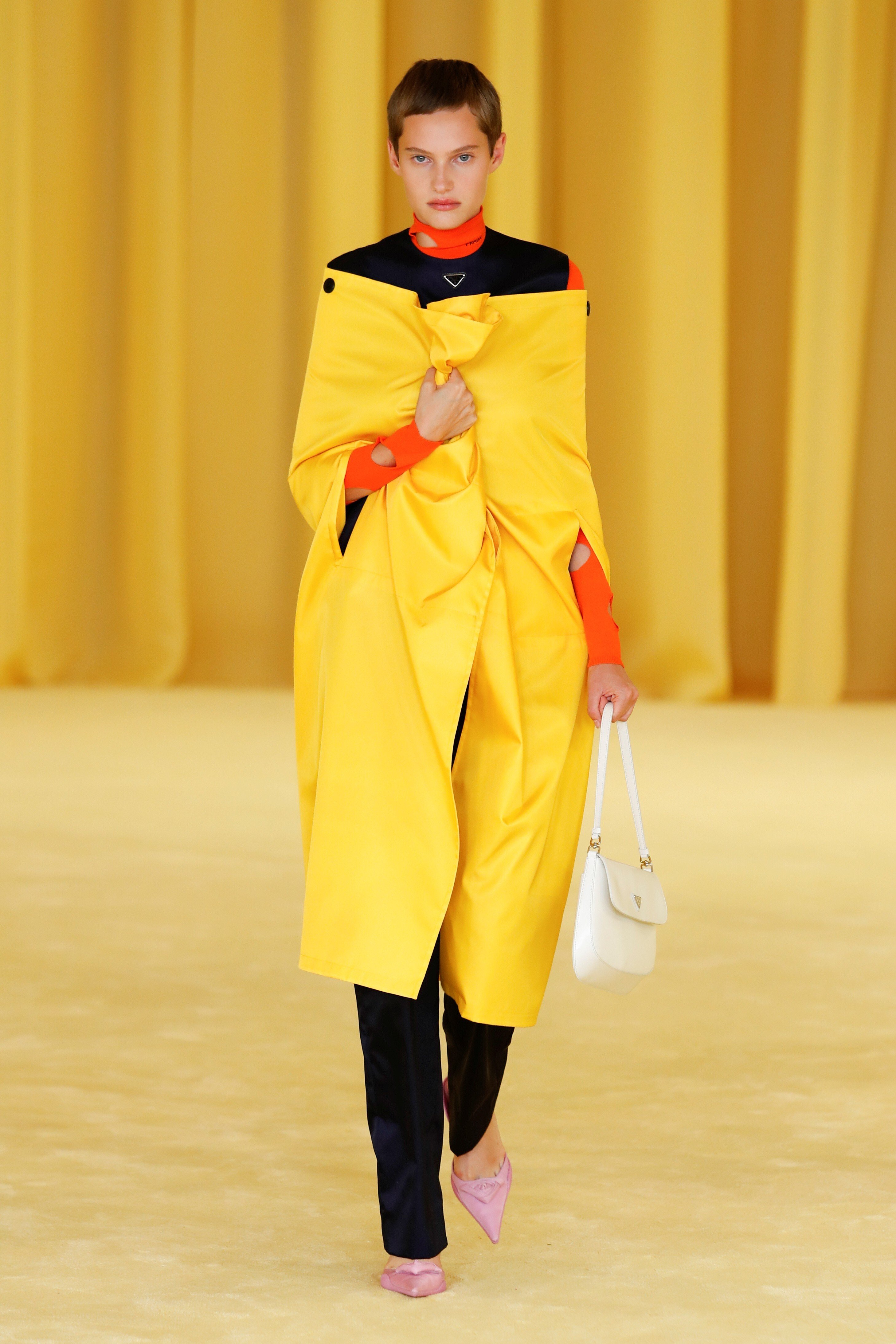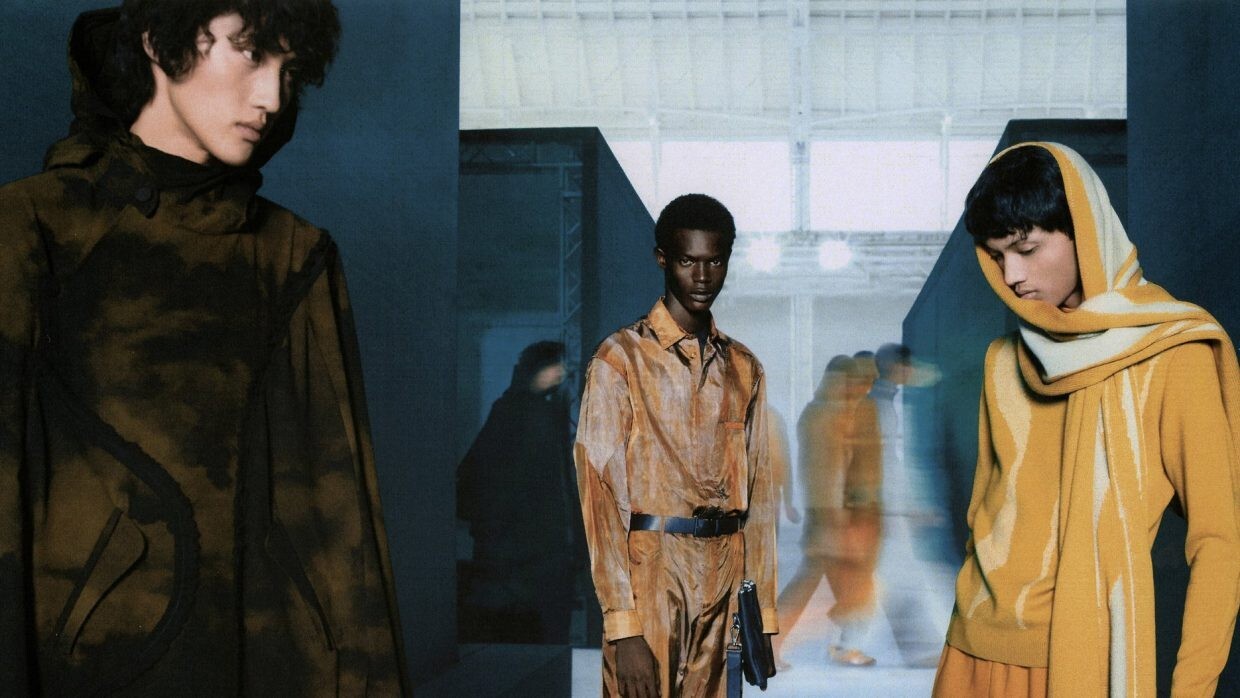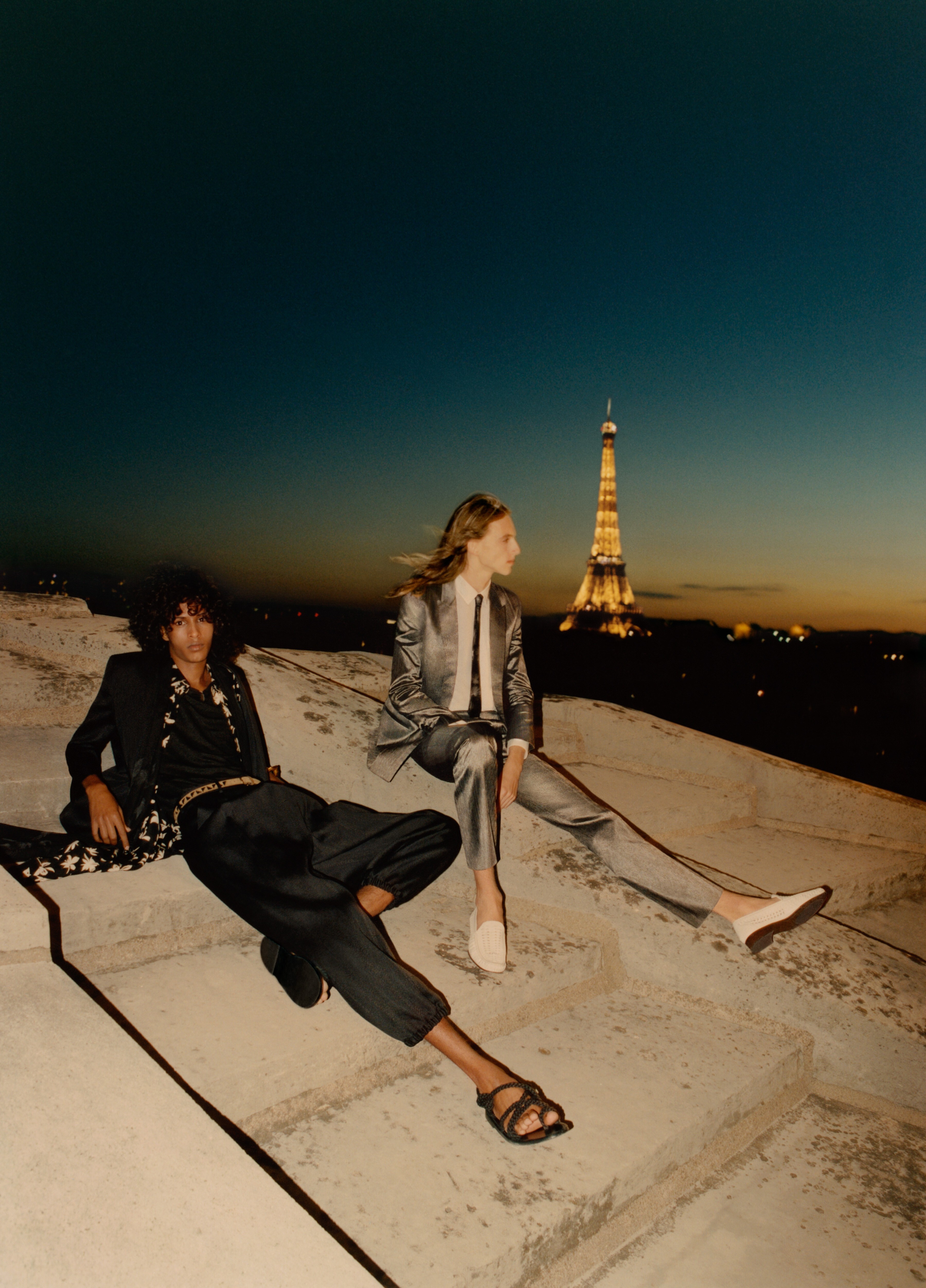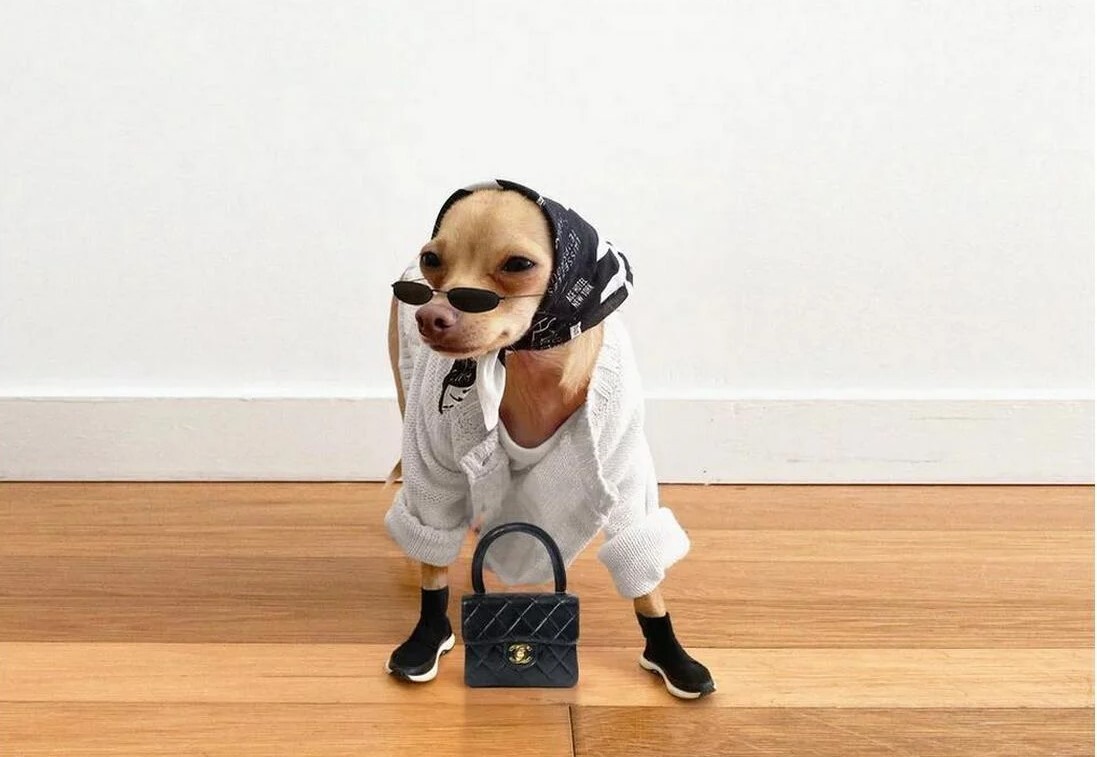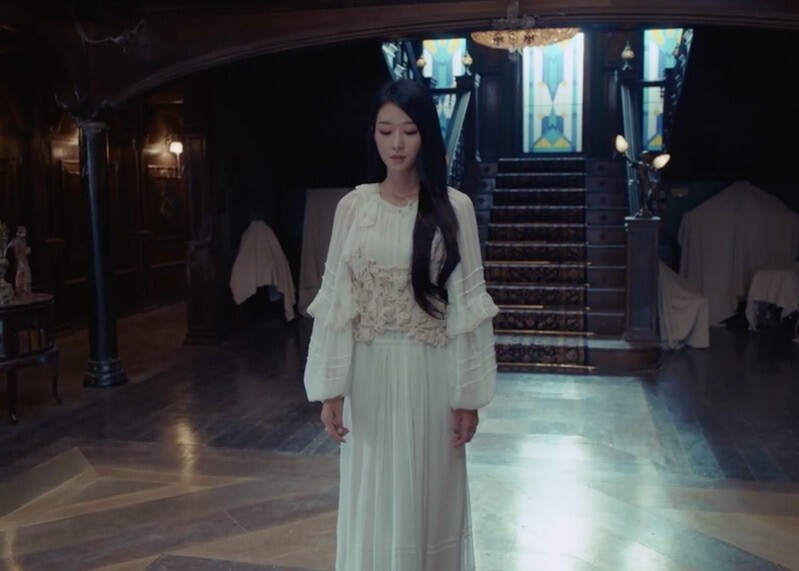From Kim Kardashian’s daughter North West modelling to royal babies Prince George and Princess Charlotte’s designer wardrobe and Cardi B’s daughter carrying a Hermès Birkin – is childrenswear the future of luxury fashion?
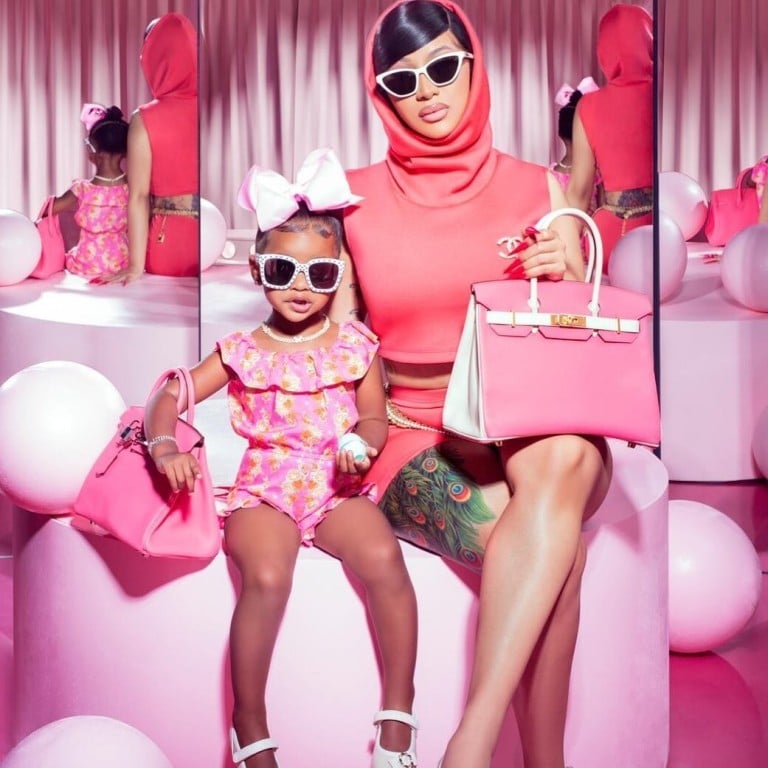
Whether Dior, Hermès, Burberry or Fendi, luxury childrenswear is on the rise, even as Covid-19 has hit luxury fashion brands hard – thanks to ‘mini-me’ culture and rich parents’ willingness to spend on sustainable, high-quality clothing for their kids
Flip open any celebrity magazine or check any high profile Instagram account and you’ll notice something: it’s no longer just about the clothes of Kate Middleton or Kim Kardashian but rather those of their beyond-stylish spawn.
You’d probably have seen Prince George in stripy polo from Rachel Riley on a number of occasions, or Princess Charlotte wearing the Celina Marie-Chantal designed by Princess Marie-Chantal of Greece. Cardi B’s Instagram post featuring herself and her daughter Kulture sporting a pair of luxurious Hermès Birkin handbags scored on of the highest engagement performance among all of her social media content.
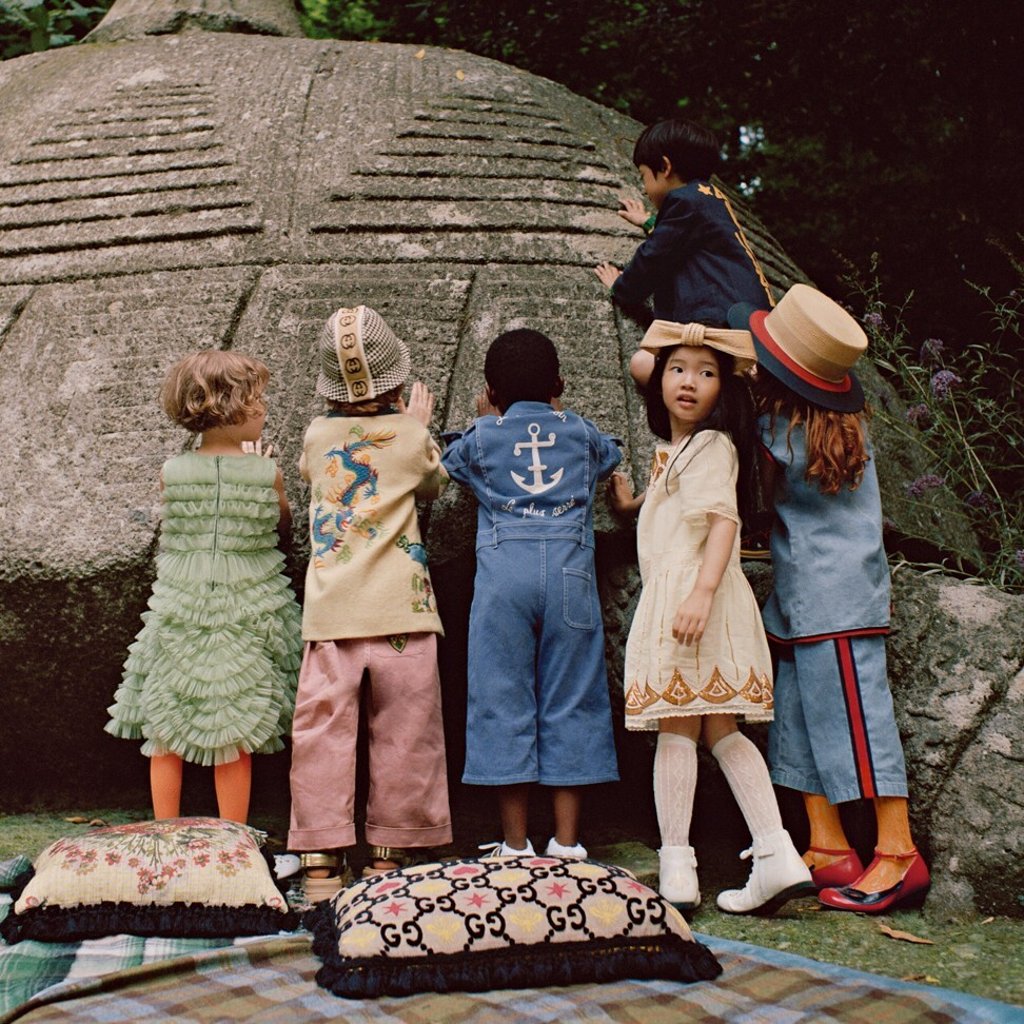
The luxury childrenswear market is definitely growing up – maybe even faster than its grown-up counterpart. According to Euromonitor, the global childrenswear market was worth a whopping US$1.4 billion in 2017 and is expected to grow by eight per cent by 2021.
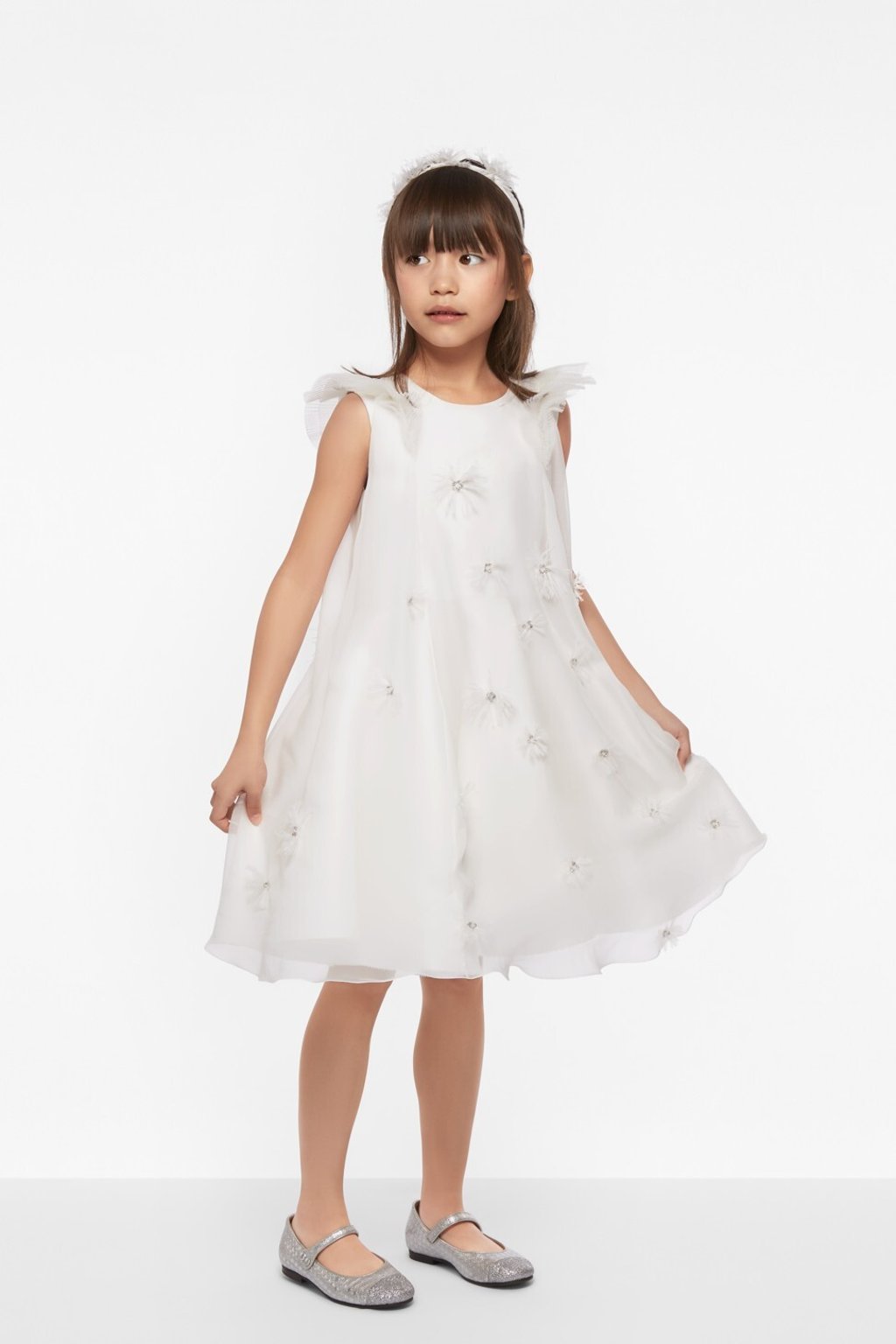
“We are definitely seeing a growth with some key brands and categories where, more and more, consumers are looking to invest in good quality pieces that will last wash after wash, and can still be passed on once their child has grown out of it,” says Jenny Slungaard, head of public relations at Alex and Alexa, a London-based luxury childrenswear retailer. “We are also seeing an increasing number of adult brands moving into the kidswear space as a key strategy, to grow their brand and reach new customers.”
